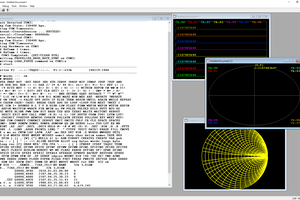This is a continuation of two previous projects. "Stalking the Big One" from 2019 which discussed a possible role for a method of detecting premonitory p-waves in forecasting major seismic and volcanic events, along with the parallel development of spectrum analysis algorithms and data acquisition methods for microcontrollers. A continuation of that project "Computer Motivator" provides and seeks to provide even more improved software tools for microcontrollers, such as improved serial port interfacing code, a LISP-based object processing platform, etc. Yet many problems continue, for many a would-be hardware hacker. All one needs to do is look on the Parallax forums, for example, and there are many complaints, in general - and not just concerning Parallax products.
Many people would like to be able to use Visual Studio Code to carry out active debugging sessions, and some progress has been made in that direction. Still, the official Parallax tools, as well as the Arduino tools do not provide a TCP listening socket for GDB-style connections, yet Frame Lisp does! Likewise, there are many complaints about the lack of Linux tools or tools that will run on a tablet such as an Android, or an iPad; even though this should be easy to do using Microsoft's so-called "write once run anywhere" strategy, that is to say, if that "big company with a small name" can get their act together.
Then there is the issue of UNICODE, which along with the hassles of trying to get legacy code to work provides many benefits, that make the efforts well worth it - where appropriate. That is because not only do we get Emojis, chess fonts, Chinese, Japanese, Mayan, Cherokee, schematic symbols, and so on; but through the use of so-called "Input method editors" (also known as an IME) it is in principle possible to provide improved support for persons with disabilities, as well as everyone in general - that is to say since if an application is IME aware, and you have a suitable third-party product that provides alternative data entry methods, then those pathways should also work with speech recognition, text to speech, and other alternative forms of interacting with the software. This is something that is, AFAIK all but completely lacking in most of the PC-based tools for Arduino, Propeller, etc.
Of course, if what people really want is a new type of Euro-Rack compatible synthesizer that is also capable of being used as an up to 64-channel logic analyzer and with audio in and sheet music out capabilities, then stay tuned! Kitchen sink optional.
 glgorman
glgorman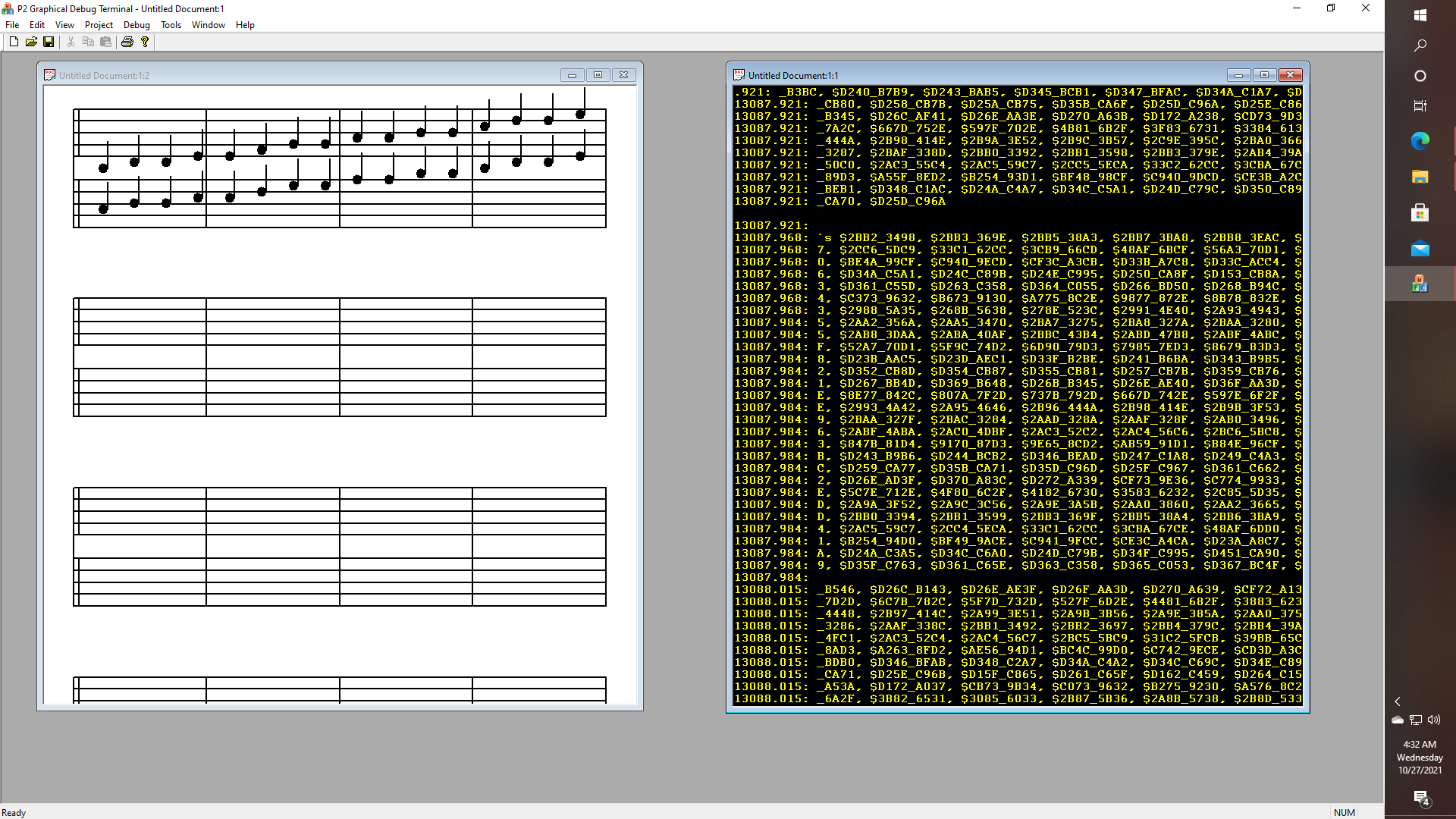
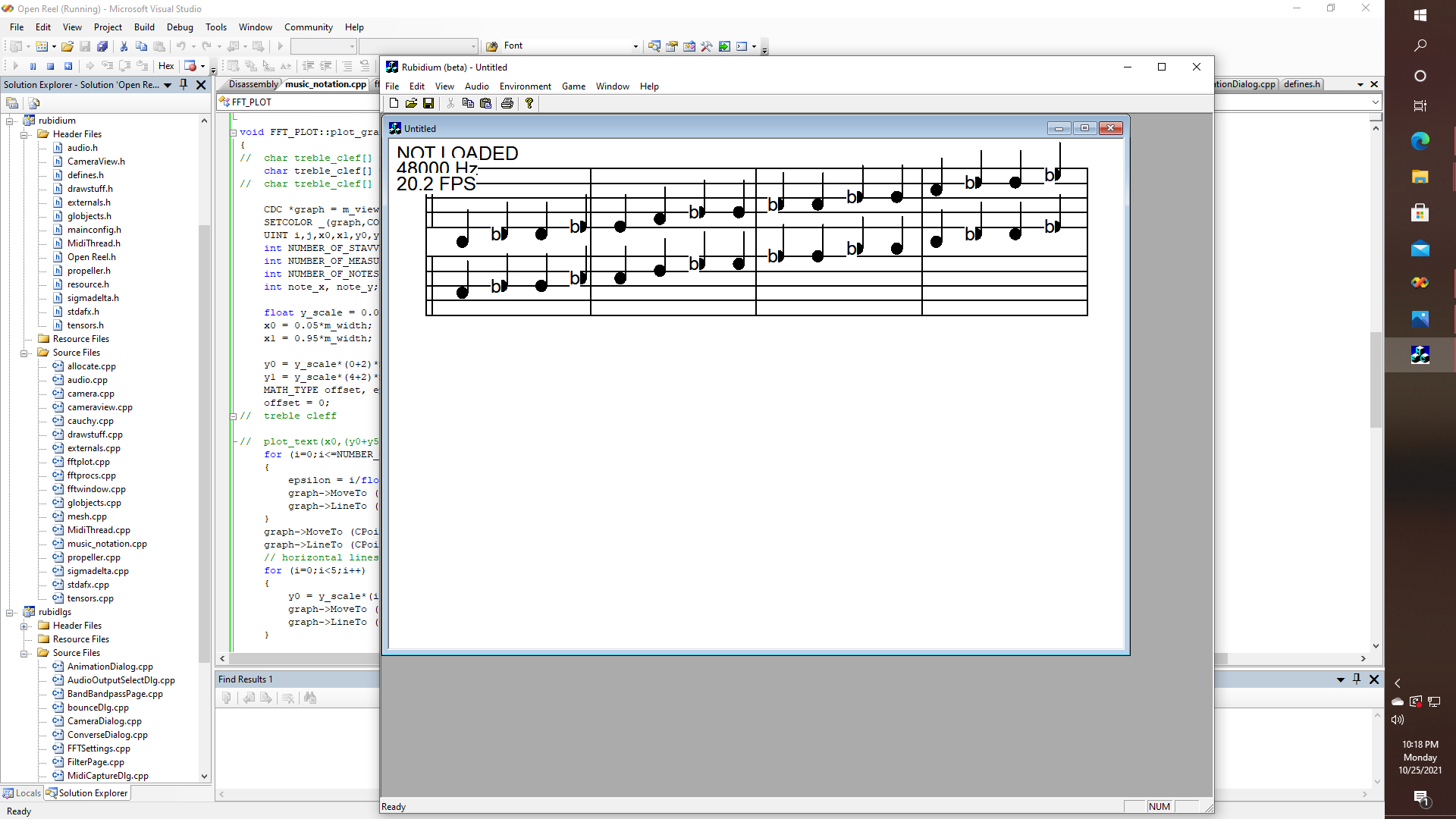
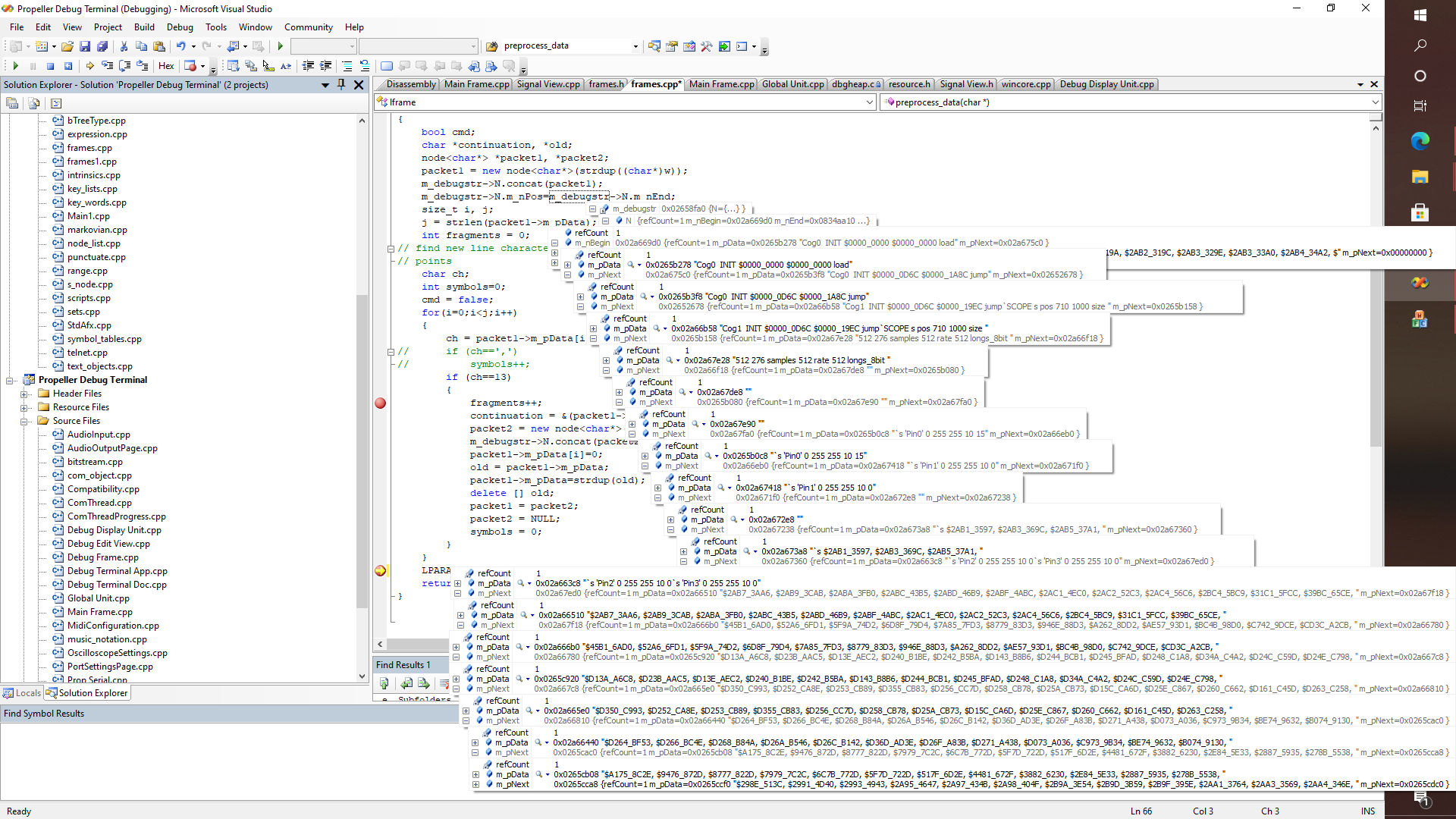
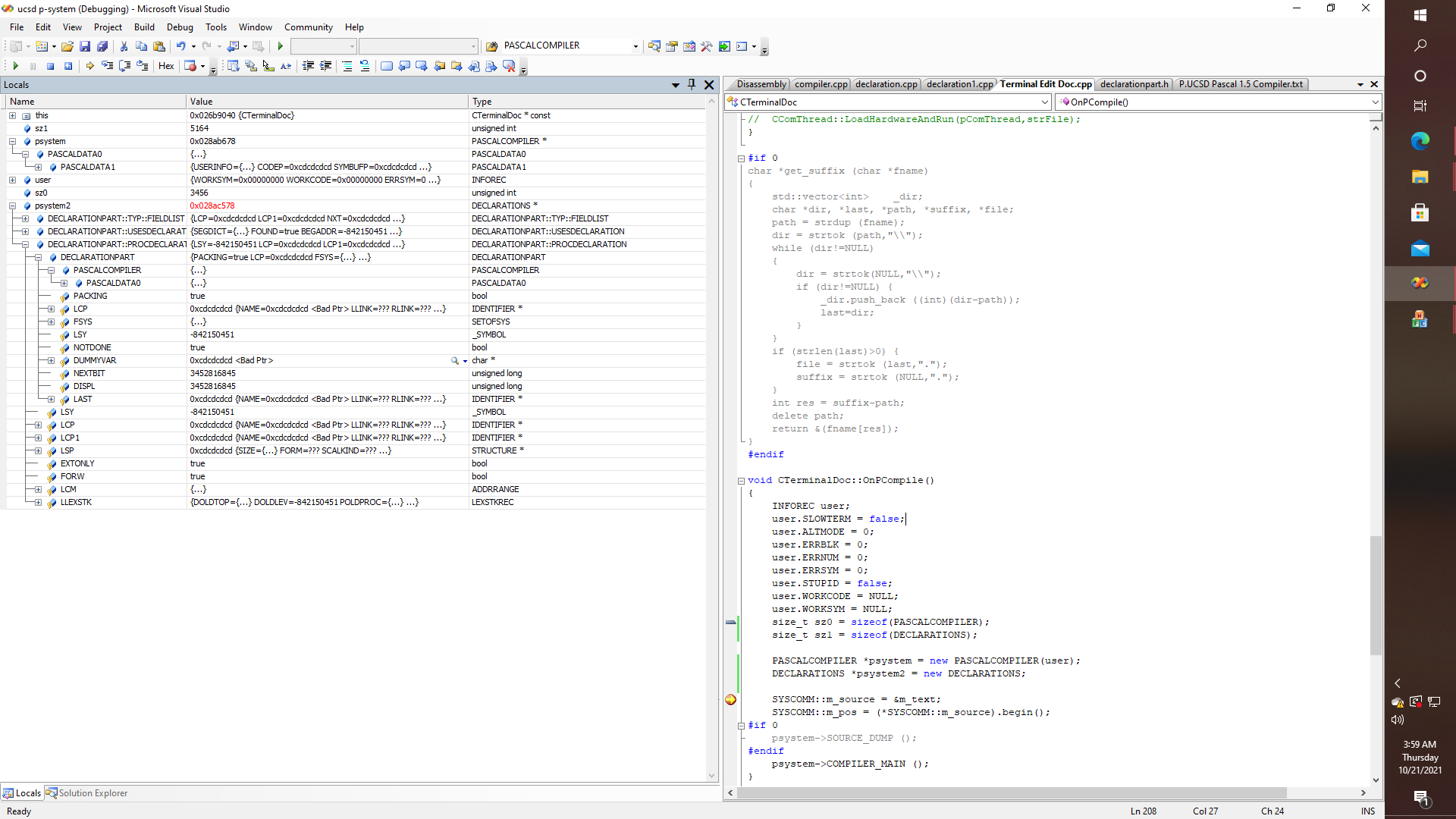
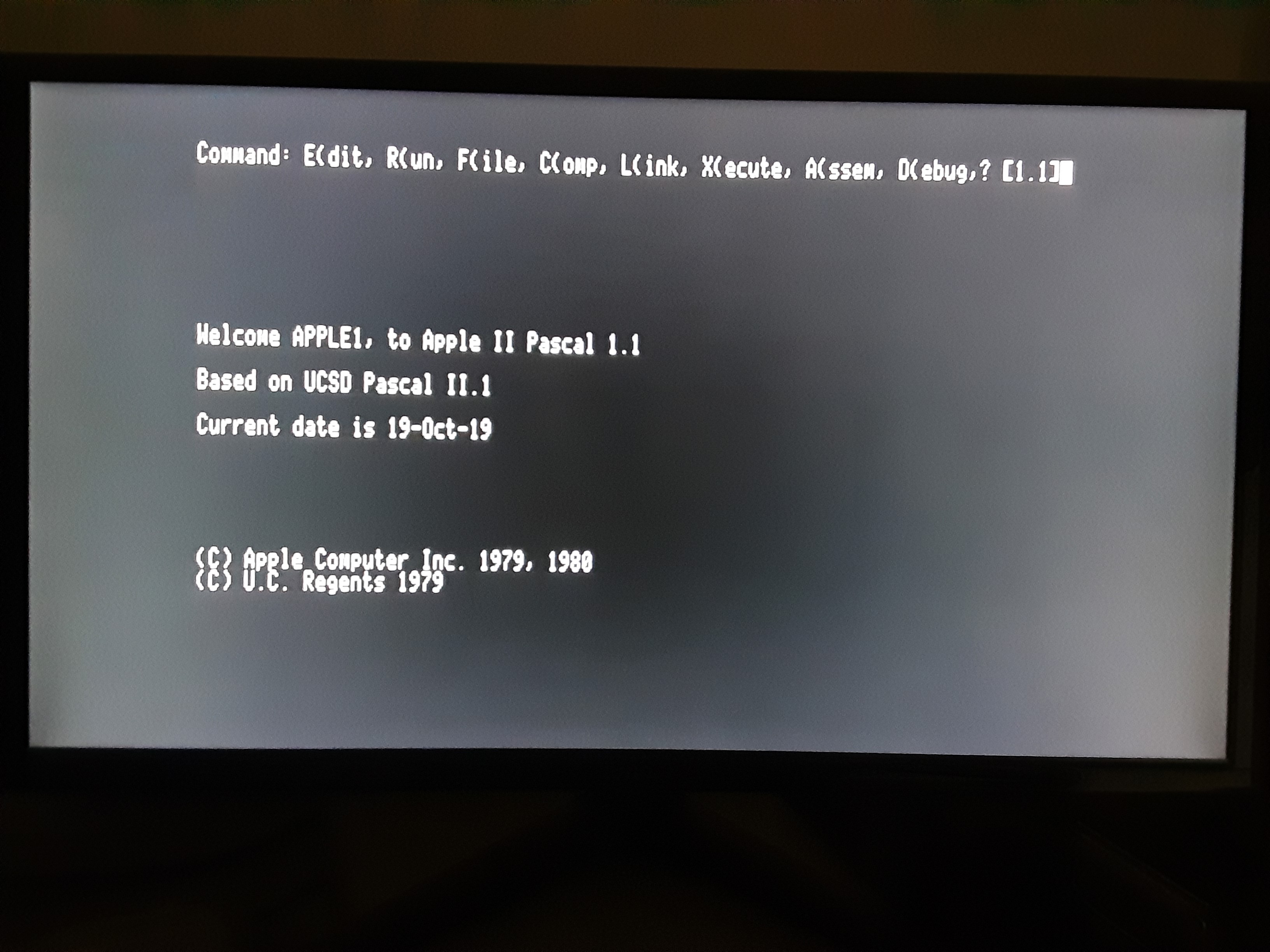
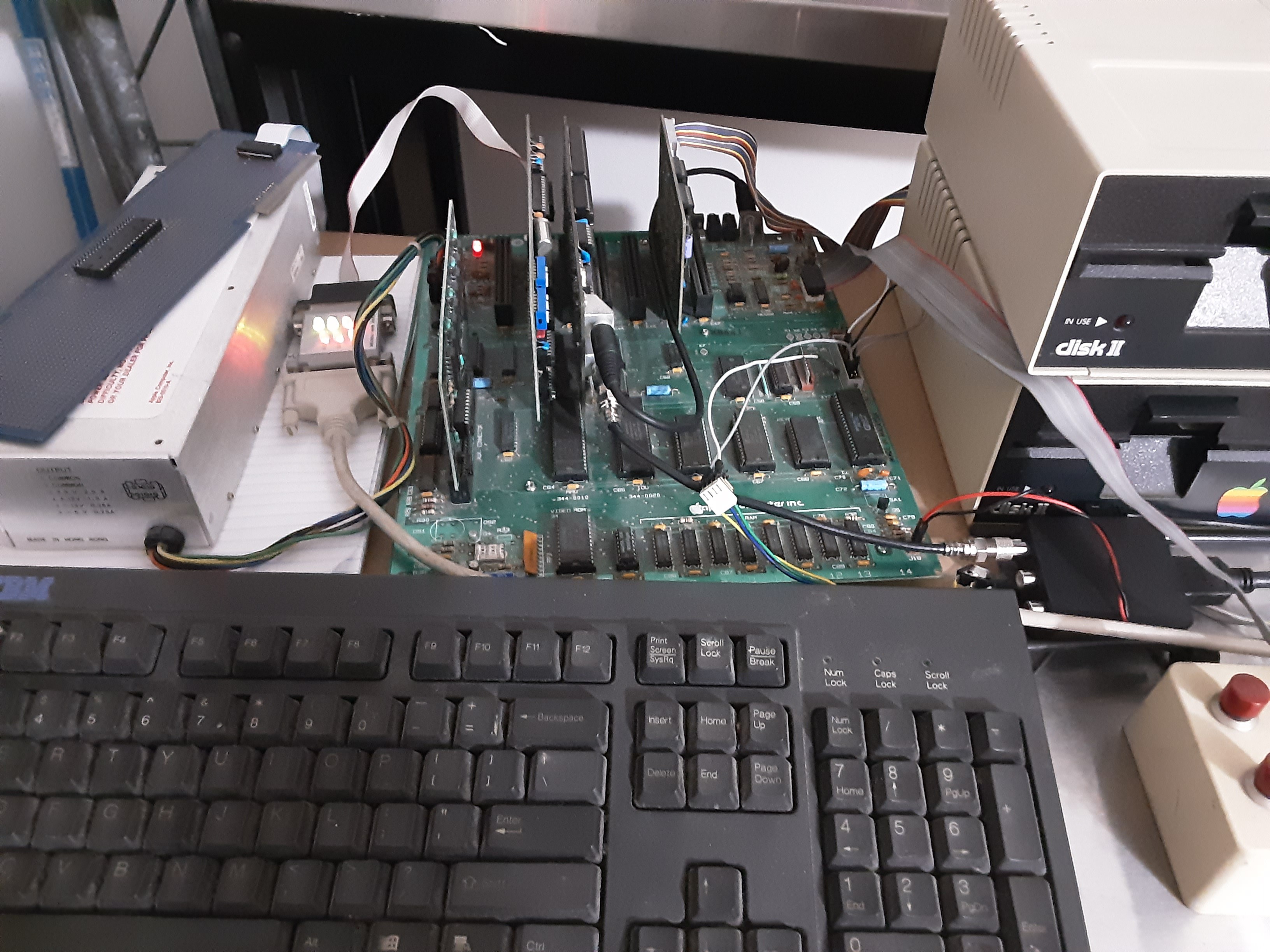
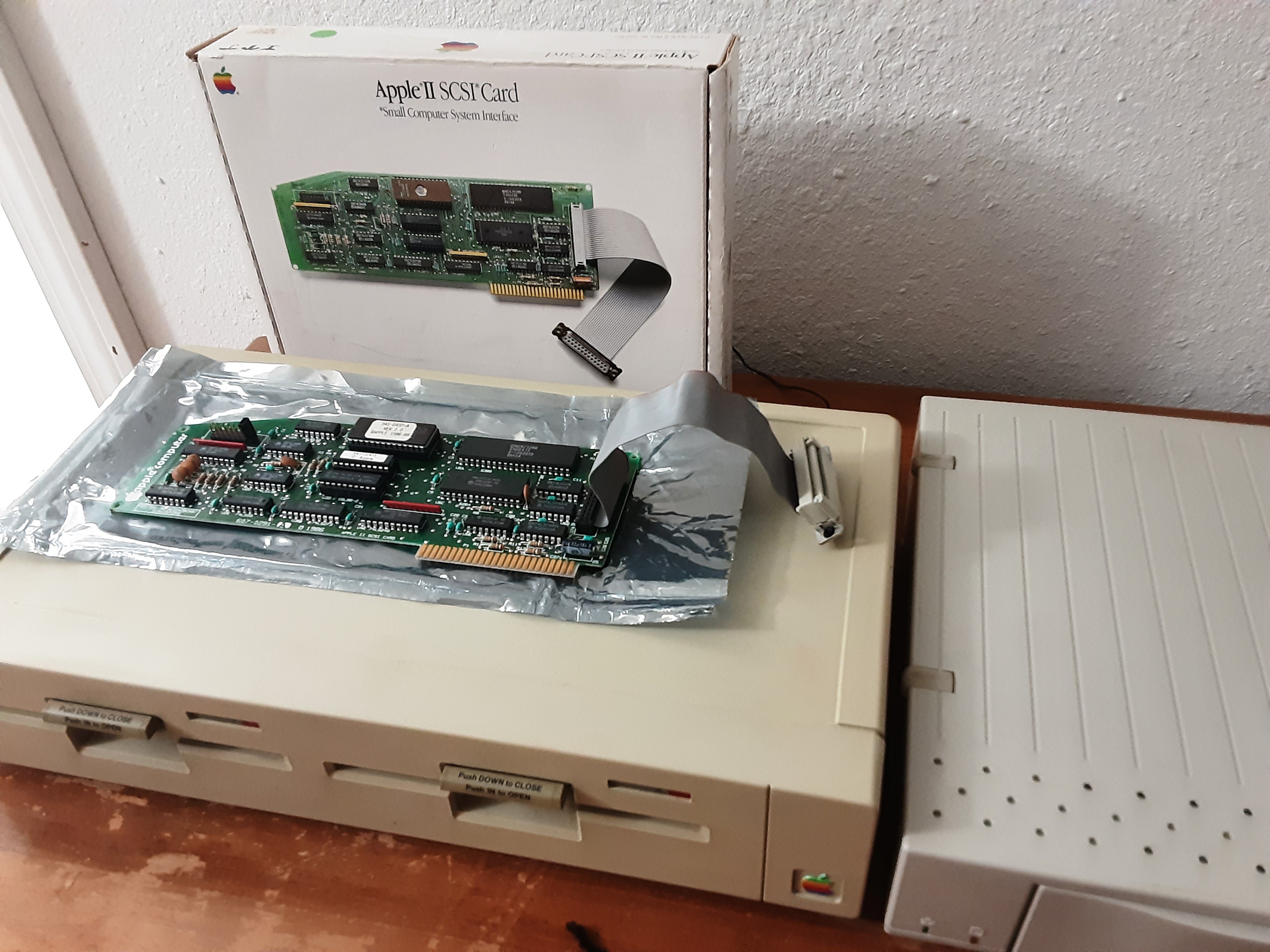

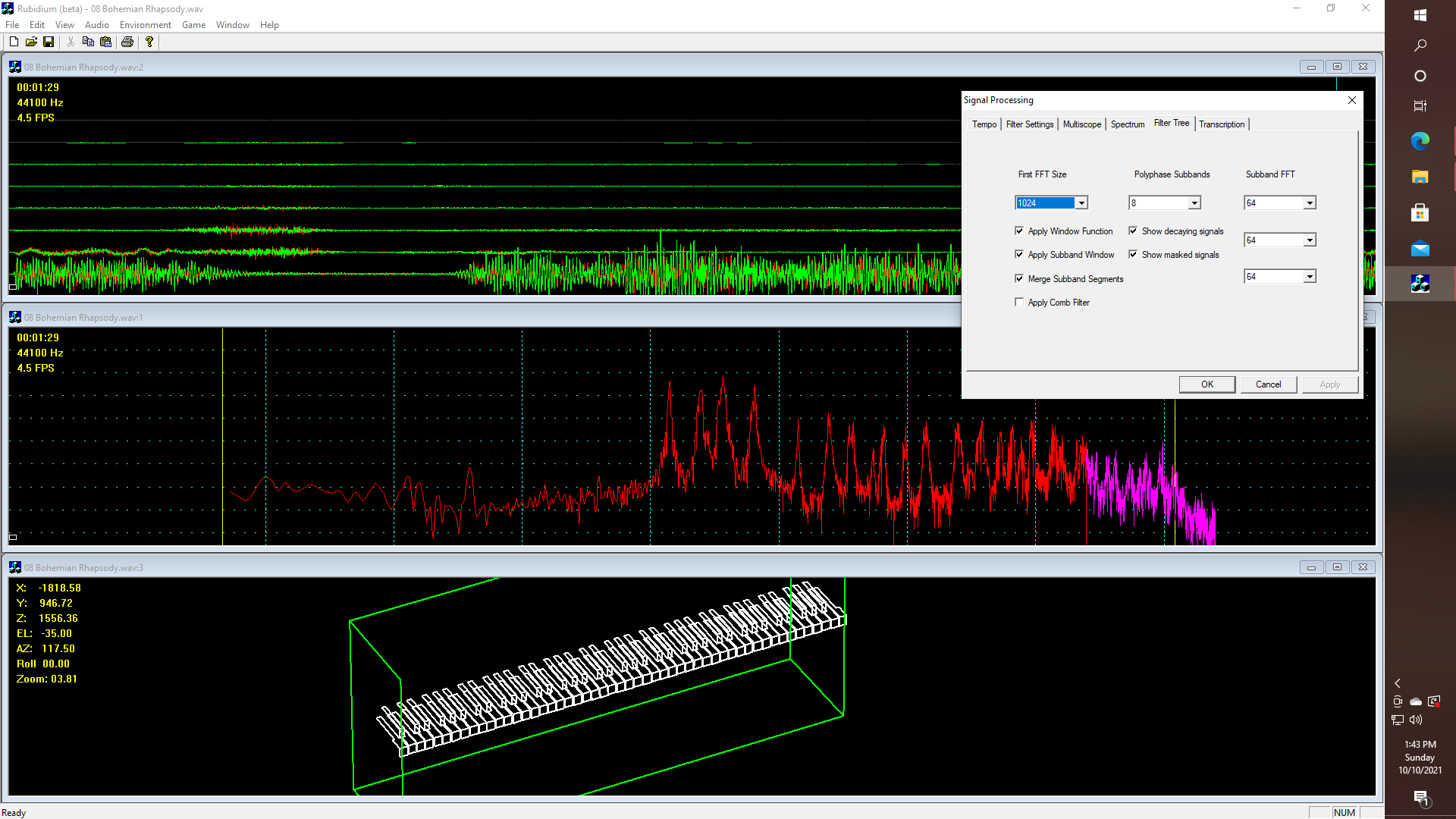

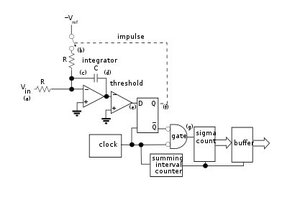

 ziggurat29
ziggurat29